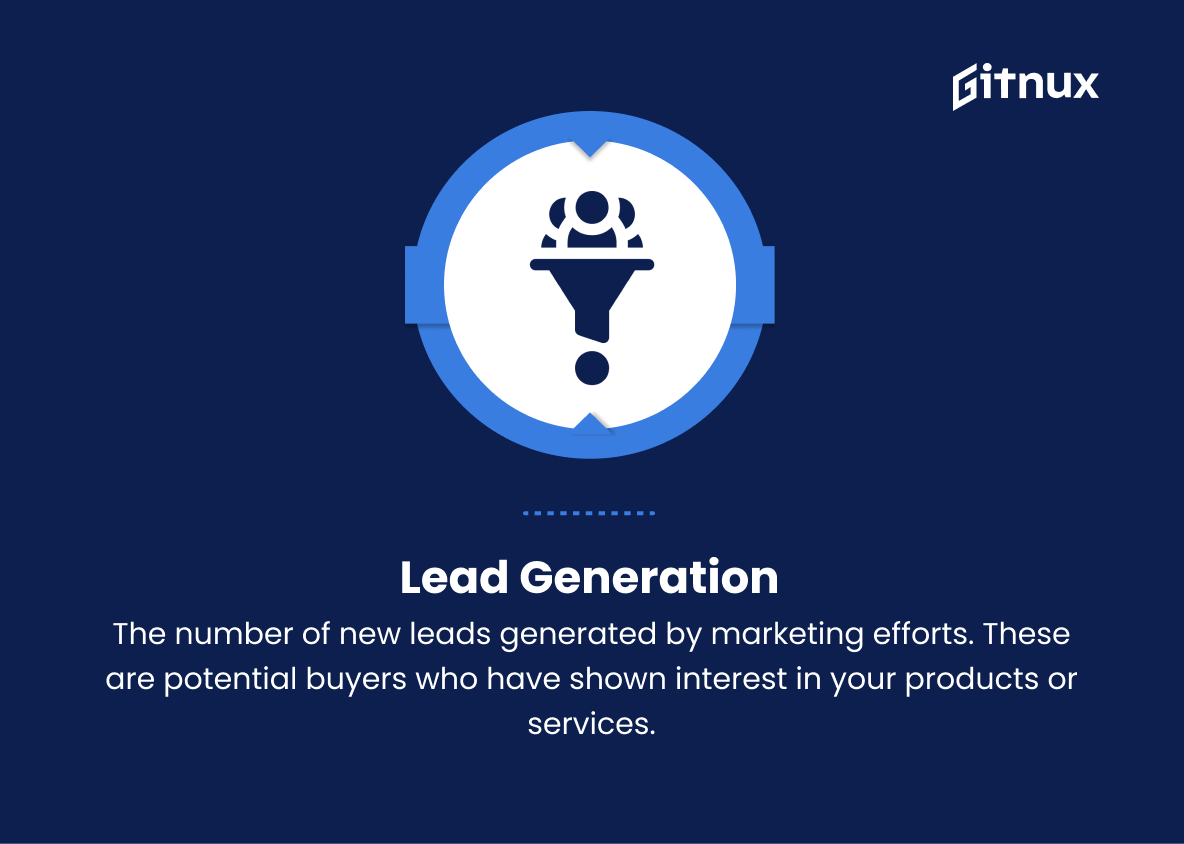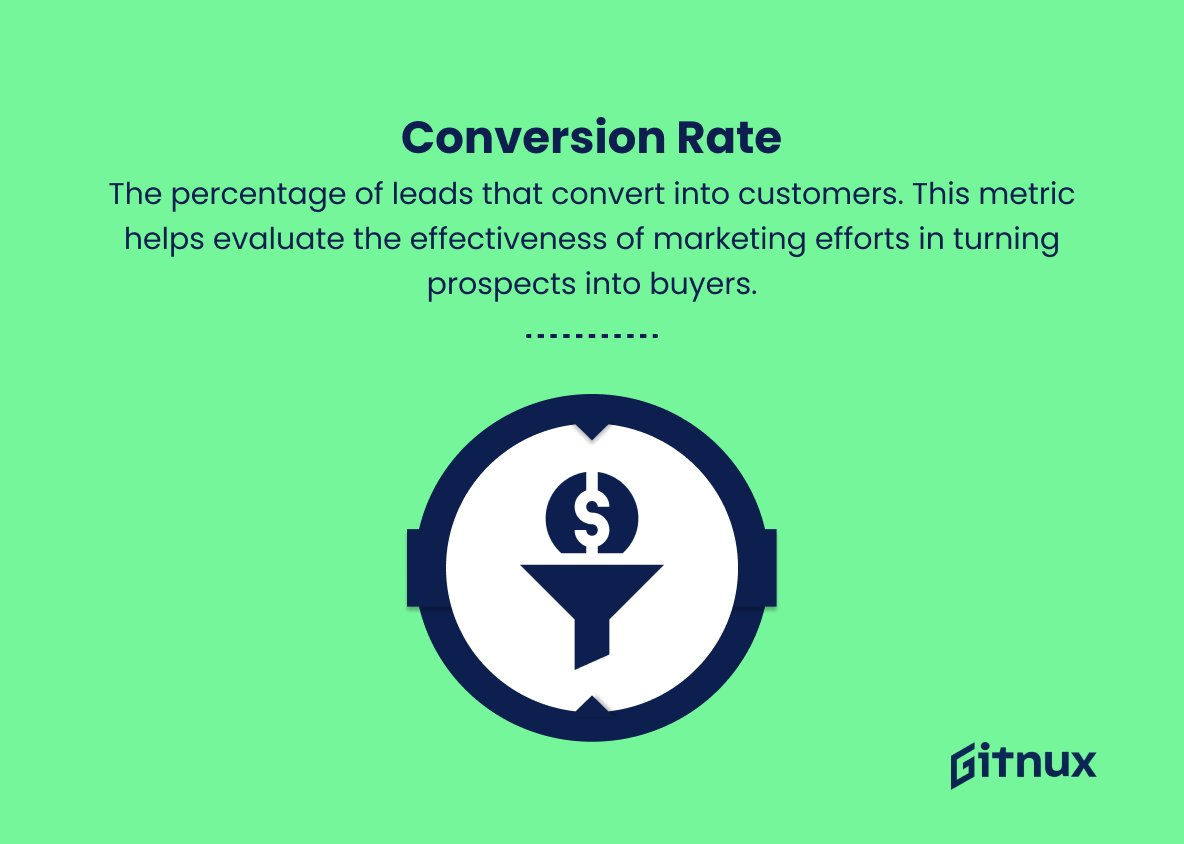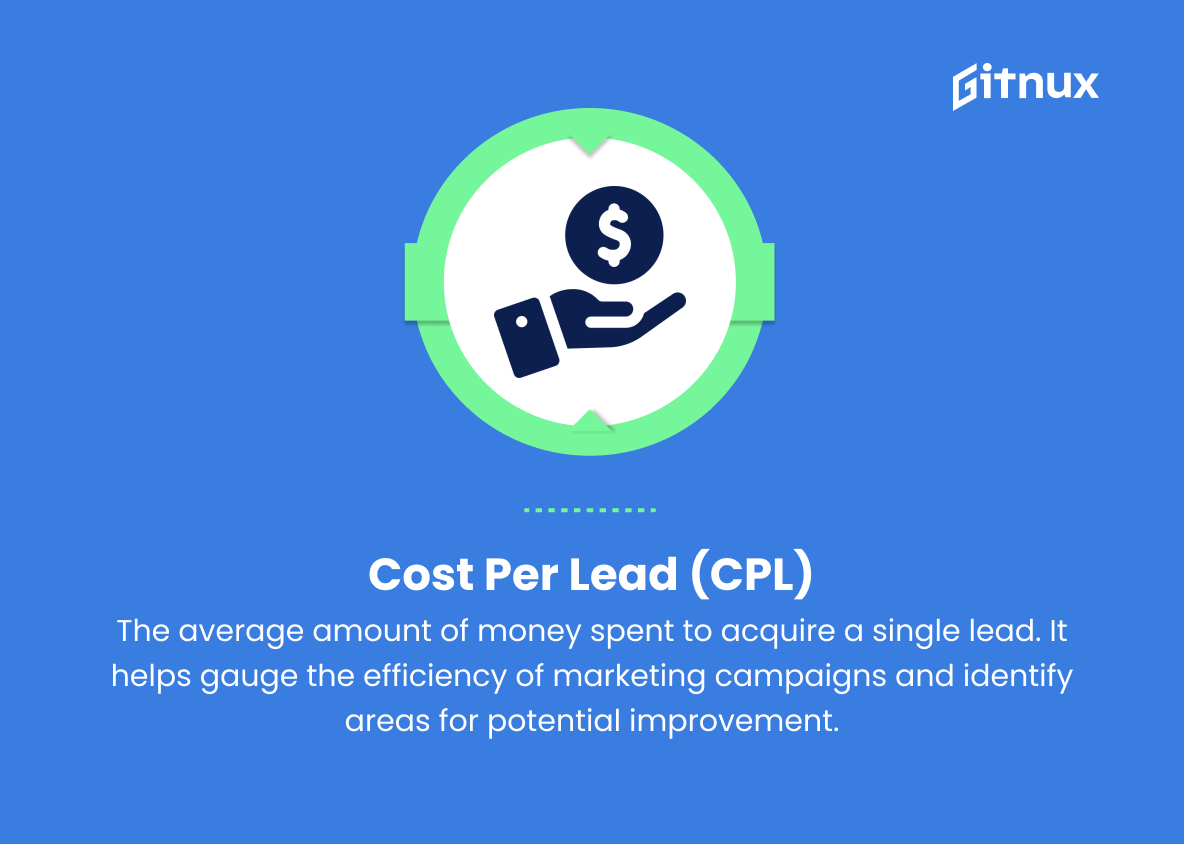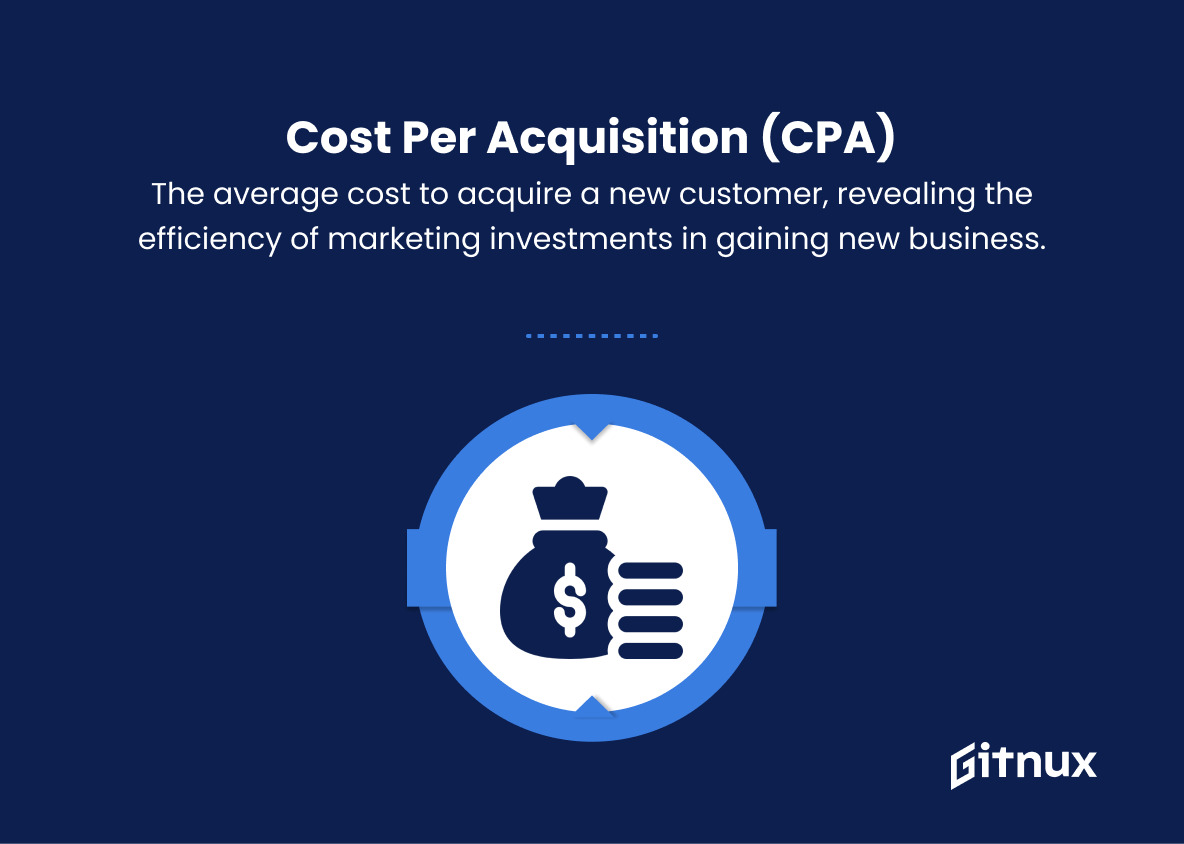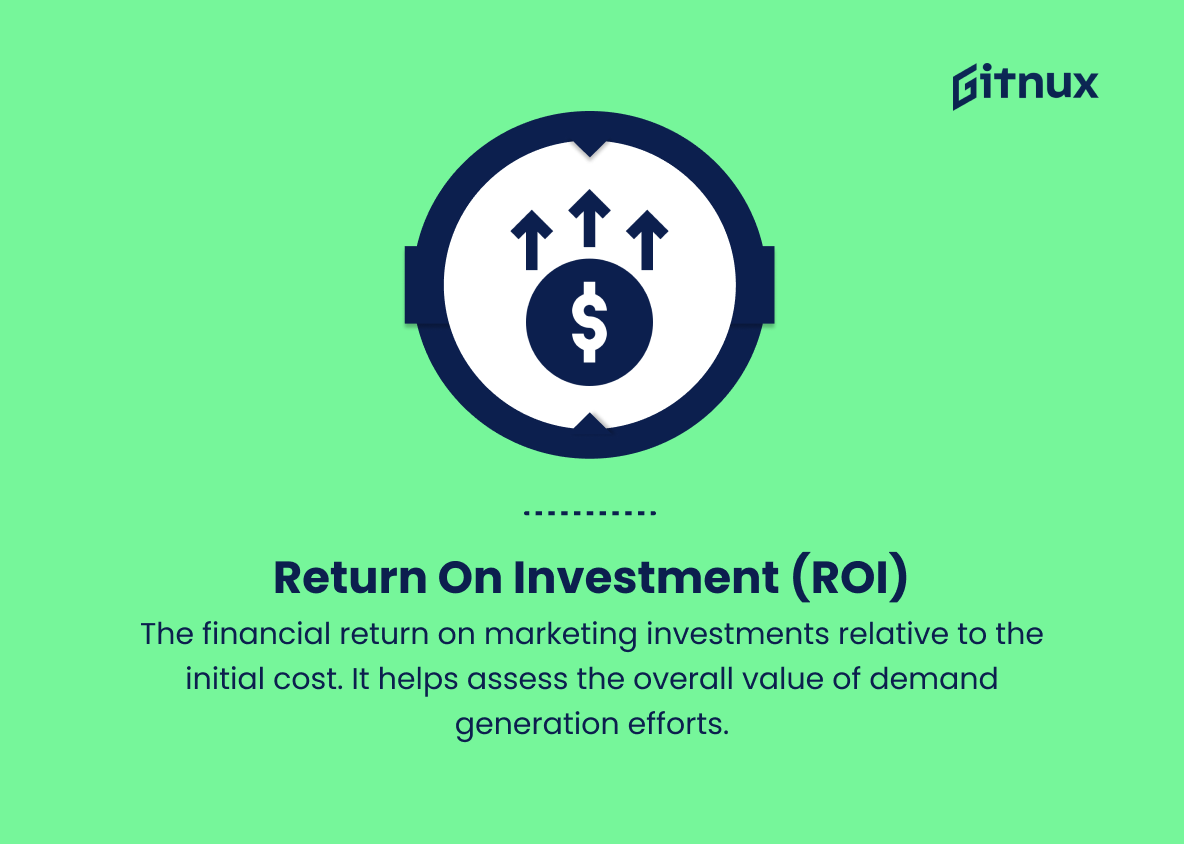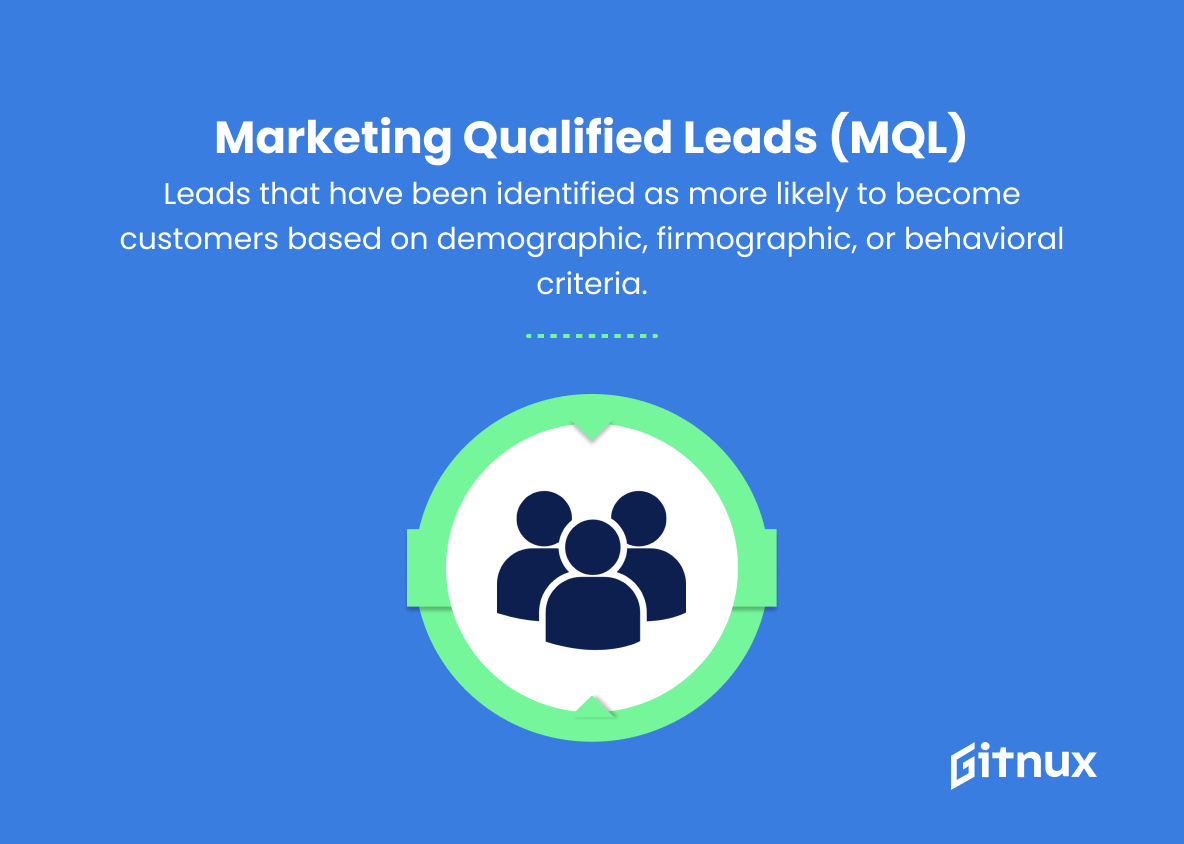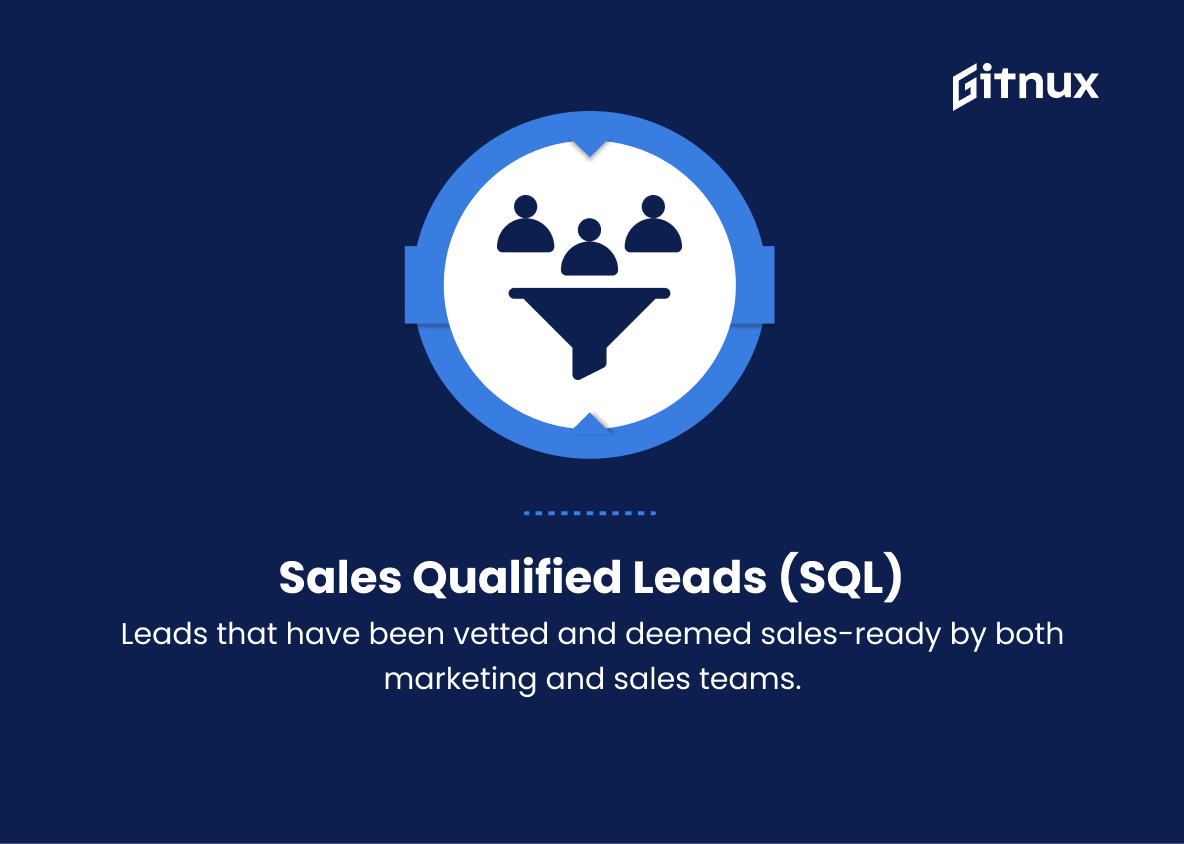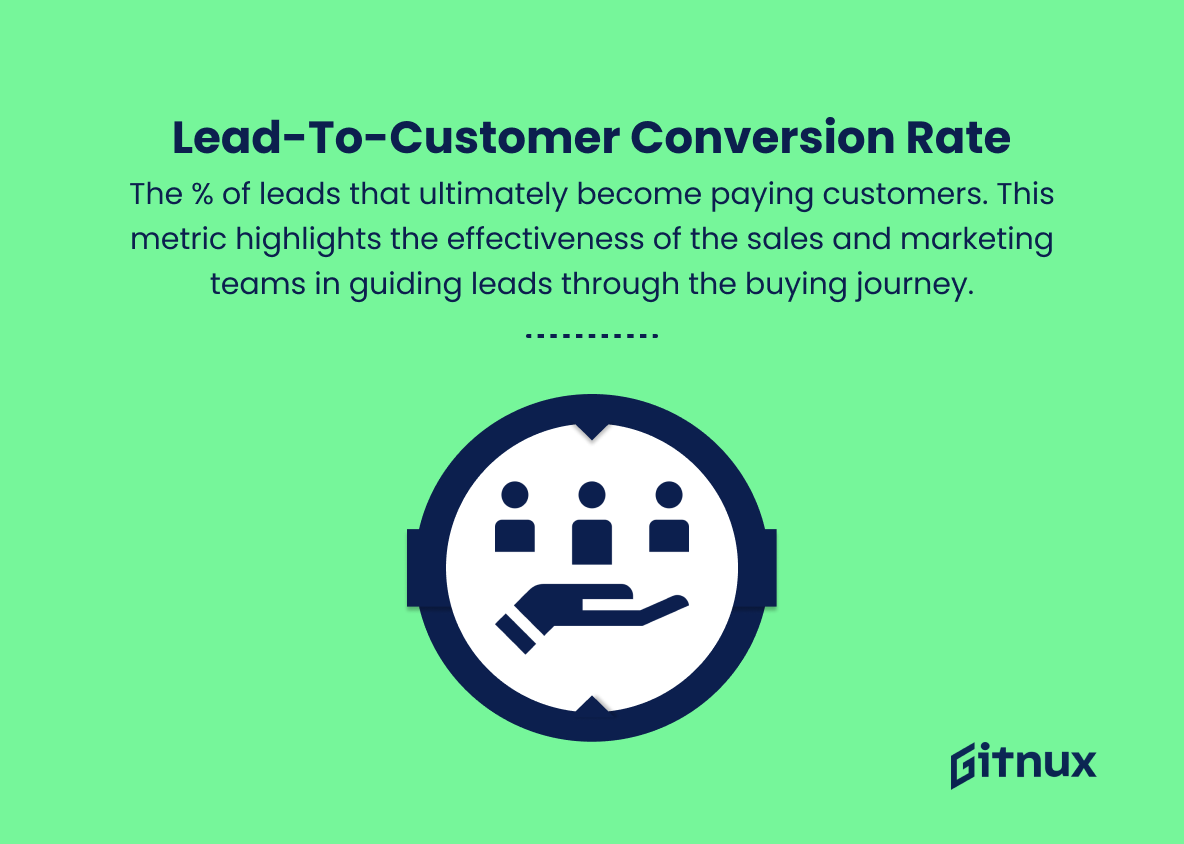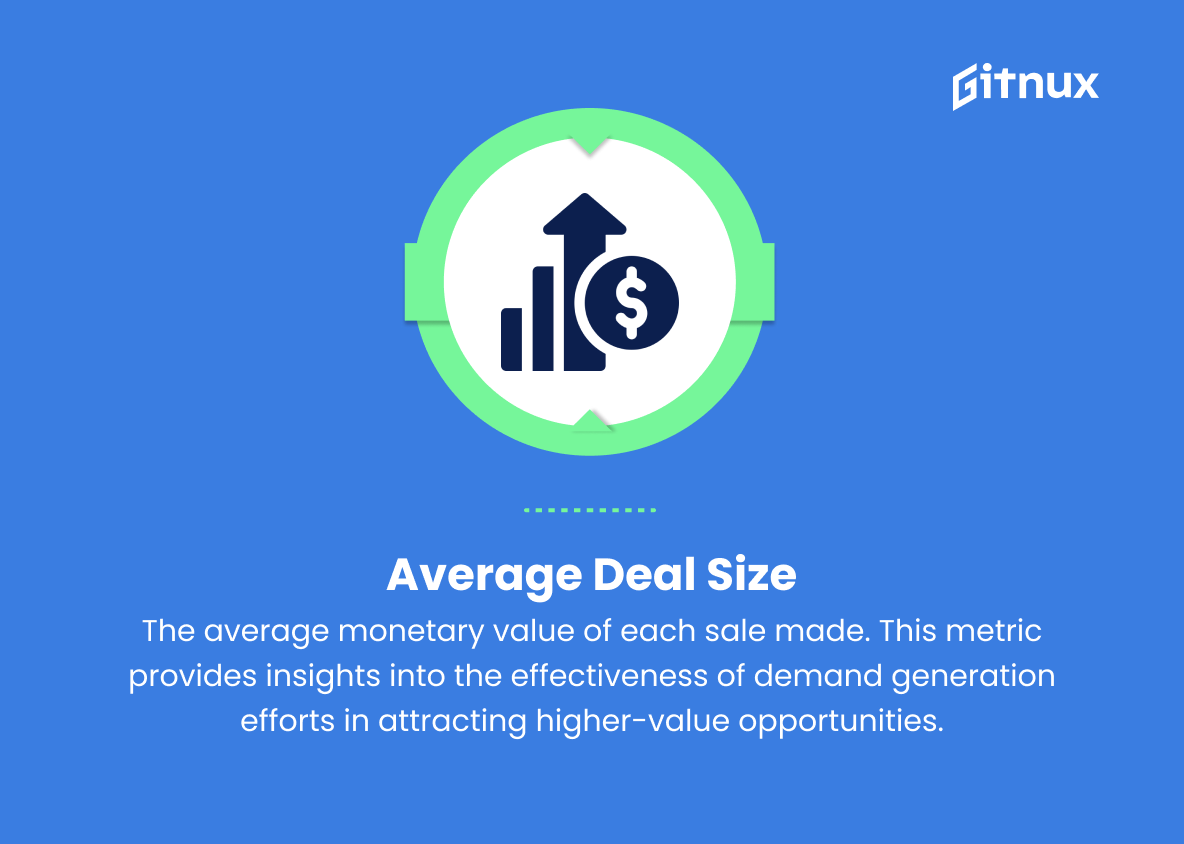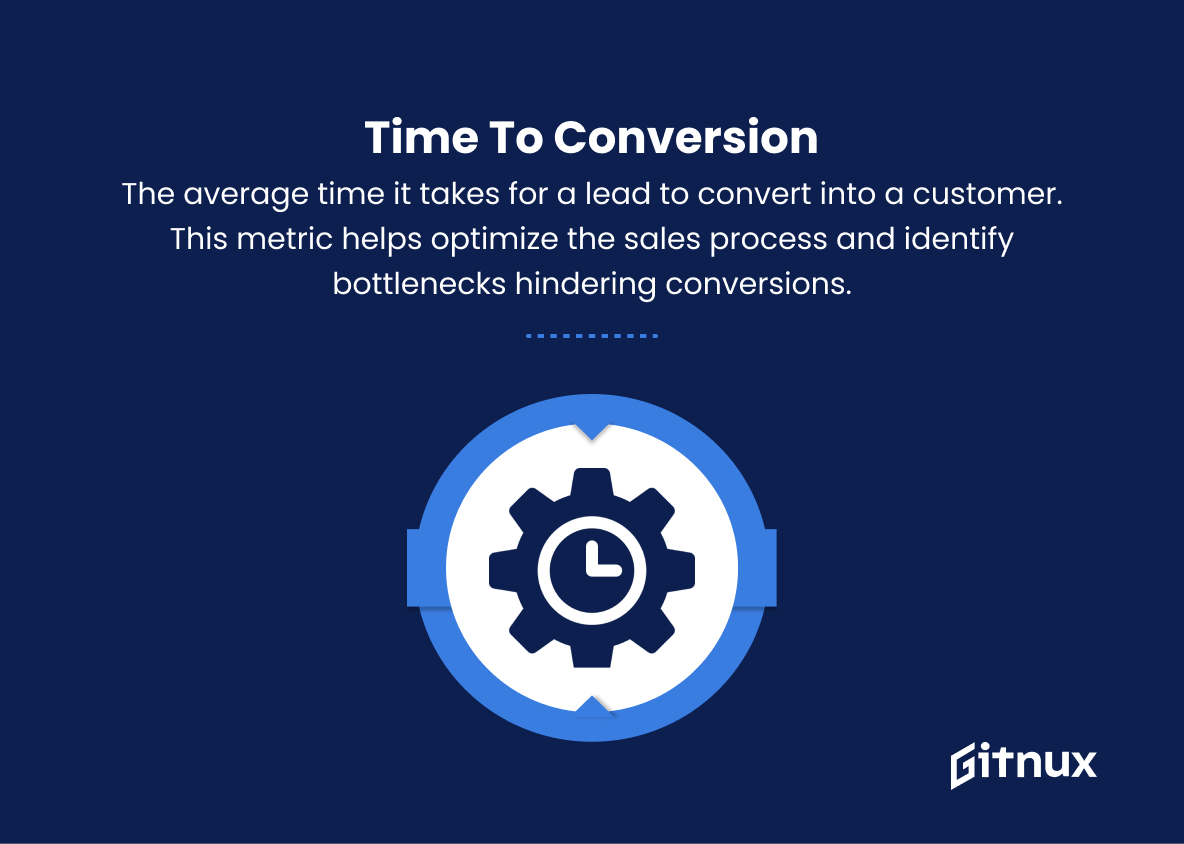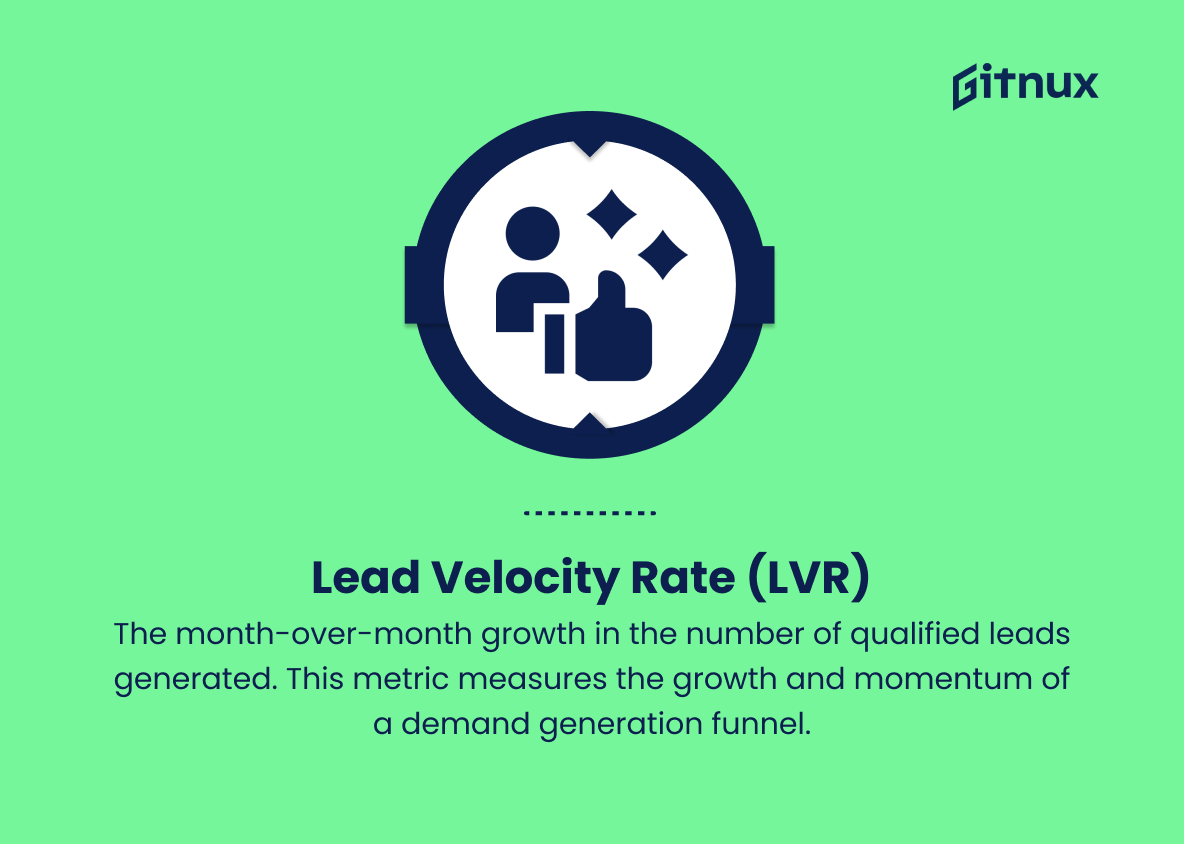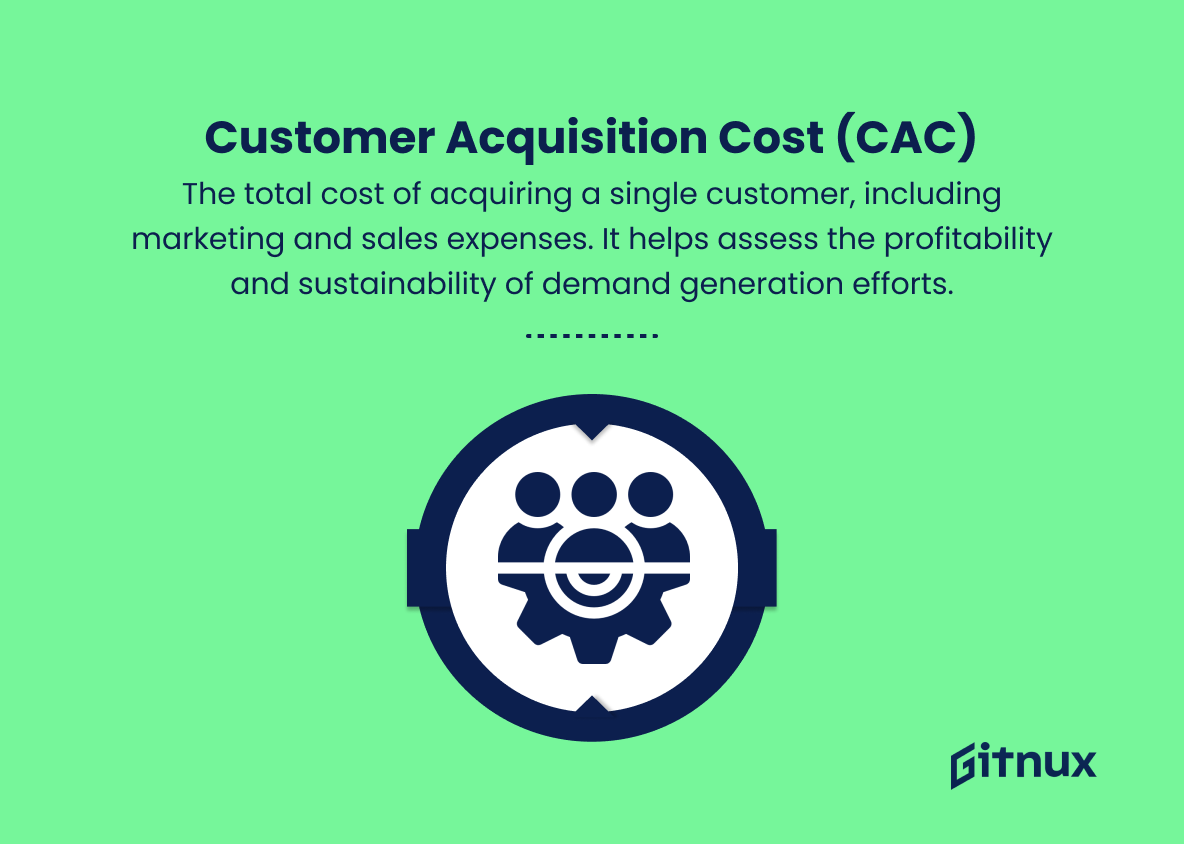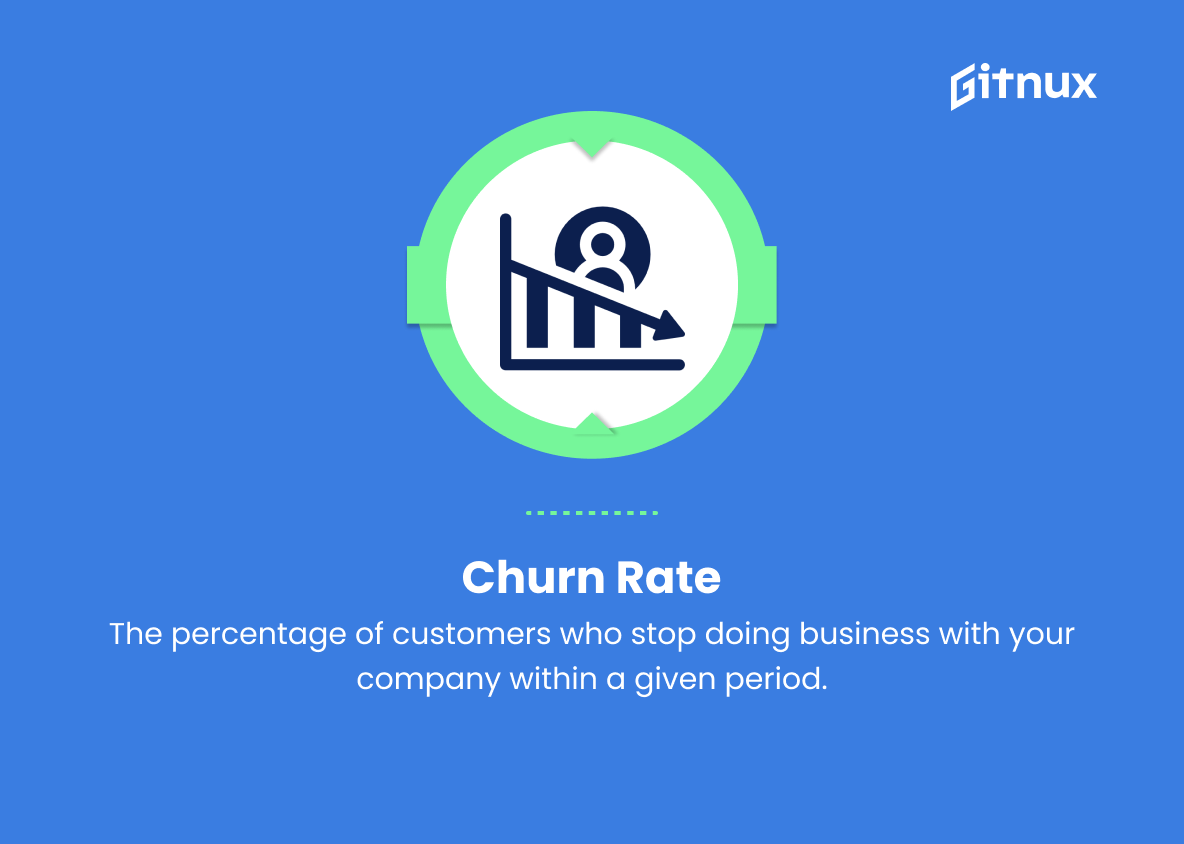In the ever-evolving landscape of marketing and sales, demand generation has emerged as a critical strategy for businesses to fuel growth and drive success. As organizations embrace various tactics to create awareness, engage with prospects, and convert them into loyal customers, measuring the effectiveness of these initiatives has become paramount. In this comprehensive blog post, we will delve into the world of demand gen metrics—those crucial indicators that enable marketing and sales teams to analyze their efforts, hone their strategies, and ultimately, achieve better results. Get ready to unlock your business’s true potential as we explore the key metrics you need to measure, track, and optimize your demand generation efforts.
Demand Gen Metrics You Should Know
1. Lead Generation
The number of new leads generated by marketing efforts. These are potential buyers who have shown interest in your products or services.
2. Conversion Rate
The percentage of leads that convert into customers. This metric helps evaluate the effectiveness of marketing efforts in turning prospects into buyers.
3. Cost per Lead (CPL)
The average amount of money spent to acquire a single lead. It helps gauge the efficiency of marketing campaigns and identify areas for potential improvement.
4. Cost per Acquisition (CPA)
The average amount of money spent to acquire a single new customer. This metric allows you to measure the effectiveness of your marketing investments in generating new business.
5. Return on Investment (ROI)
The financial return on marketing investments relative to the initial cost. It helps assess the overall value of demand generation efforts.
6. Marketing Qualified Leads (MQL)
Leads that have been identified as more likely to become customers based on demographic, firmographic, or behavioral criteria. This metric helps prioritize leads for sales follow-up.
7. Sales Qualified Leads (SQL)
Leads that have been vetted and deemed sales-ready by both marketing and sales teams. This metric ensures that only valuable leads are passed to the sales team for further nurturing.
8. Lead-to-Customer Conversion Rate
The percentage of leads that ultimately become paying customers. This metric highlights the effectiveness of the sales and marketing teams in guiding leads through the buying journey.
9. Average Deal Size
The average monetary value of each sale made. This metric provides insights into the effectiveness of demand generation efforts in attracting higher-value opportunities.
10. Time to Conversion
The average time it takes for a lead to convert into a customer. This metric helps optimize the sales process and identify bottlenecks hindering conversions.
11. Lead Velocity Rate (LVR)
The month-over-month growth in the number of qualified leads generated. This metric measures the growth and momentum of a demand generation funnel.
12. Sales Cycle Length
The average duration from the point a lead enters the sales pipeline to the time it converts into a customer. This metric helps identify areas to streamline the sales process and improve the overall efficiency of closing deals.
13. Customer Lifetime Value (CLTV)
The total revenue a customer is predicted to generate over the course of their relationship with your company. It signifies the effectiveness of demand generation efforts in attracting high-value customers.
14. Customer Acquisition Cost (CAC)
The total cost of acquiring a single customer, including marketing and sales expenses. It helps assess the profitability and sustainability of demand generation efforts.
15. Churn Rate
The percentage of customers who stop doing business with your company within a given period. This metric indicates the effectiveness of retention strategies and overall customer satisfaction.
Demand Gen Metrics Explained
Demand gen metrics assess marketing effectiveness and efficiency in generating leads and converting them into customers. Metrics include lead generation, conversion rate, cost per lead, and cost per acquisition, identifying potential improvements, efficiency, and ROI. Sales qualified leads prioritize valuable leads, while lead-to-customer conversion rate, average deal size, and time to conversion show marketing and sales effectiveness. Lead velocity rate and sales cycle length reveal demand generation funnel growth and efficiency. Customer lifetime value, customer acquisition cost, and churn rate focus on profitability, sustainability, and customer retention for long-term success.
Conclusion
In conclusion, demand gen metrics play a crucial role in measuring the success and efficiency of your marketing efforts. By tracking these metrics, businesses can optimize their marketing strategies, allocate resources effectively, and make data-driven decisions. Remember to focus on the metrics that align best with your organization’s specific goals and continually analyze and adjust your approach based on your findings. By doing so, you’ll be better positioned to drive sustainable growth and stand out in today’s competitive marketplace. Embrace the power of demand gen metrics to unlock your business’s full potential and set yourself up for long-term success.
